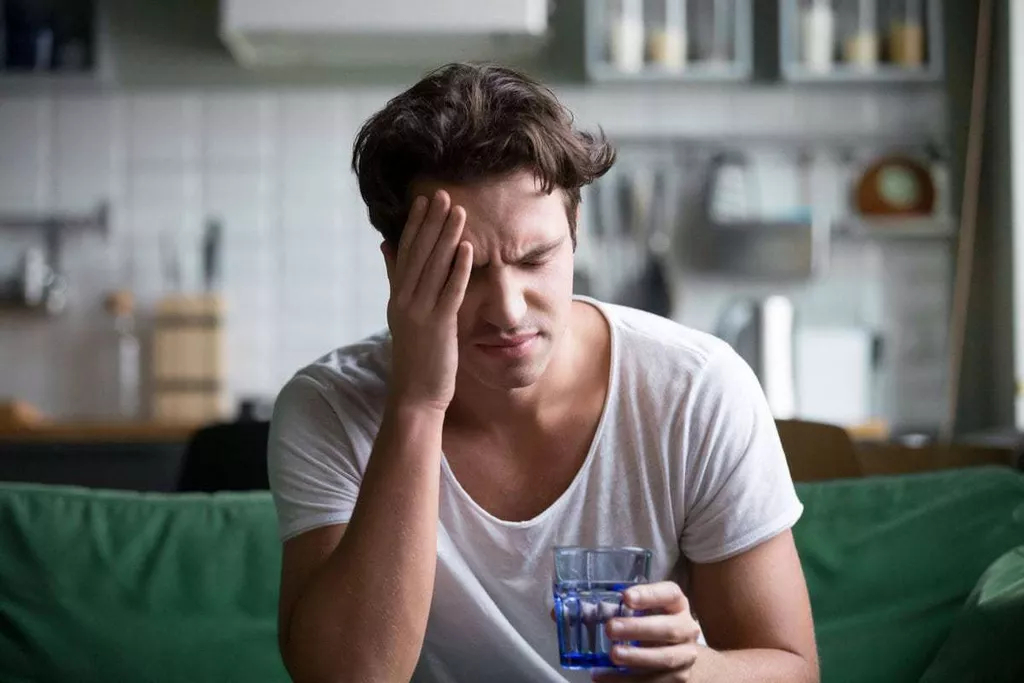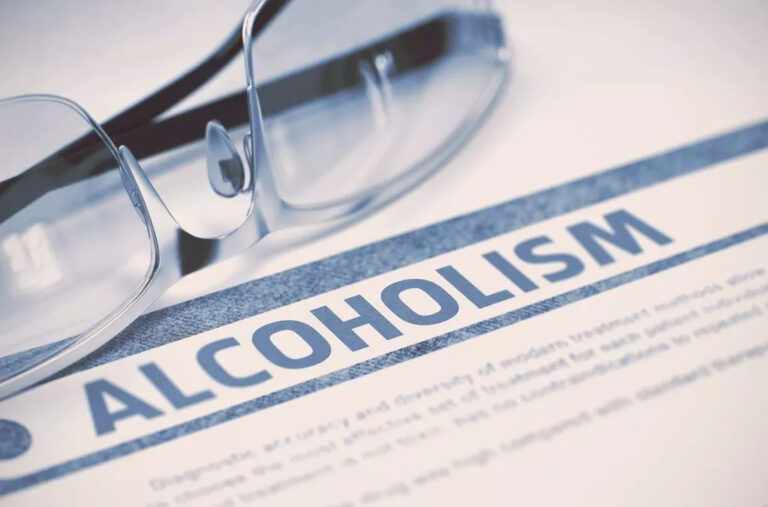Contents
We follow strict guidelines to ensure that our editorial content is not influenced by advertisers. Our editorial team receives no direct compensation from advertisers, and our content is thoroughly fact-checked to ensure accuracy. So, whether you’re reading an article or a review, you can trust that you’re getting credible and dependable information. Our mission is to provide readers with accurate and unbiased information, and we have editorial standards in place to ensure that happens.

Whether you have questions about services, or need support after a crash, MADD cares about you and we want to help. If you or someone you know has experienced injury or was killed or experienced another kind of impact, you are not alone, MADD is here for you. About 68% of alcohol-related fatalities happen at night and 28% happen during the daytime, based on NHTSA data. Drinking and driving costs more than $44 billion in deaths and damages annually. Drunk driving accidents are responsible for 10,000 deaths every year, and about 1/3 of all traffic-related deaths, according to the NHTSA.
Be sure they understand the extreme consequences it can have from a legal perspective, not just getting in trouble at home. In 2020, the number of fatal accidents involving alcohol was up 9% compared to 2019, even though drivers traveled 13% fewer miles overall. At the end of 2020, 26.8% of drivers that were killed or seriously injured in a crash had alcohol in their bloodstream, according college alcoholism and binge drinking to the NHTSA. Most states have set the legal BAC limit for driving at 0.08 grams of alcohol per deciliter (g/dL); the limit is 0.05 g/dL in Utah.6 However, impairment starts at lower BAC levels. Information on the effects of alcohol on driving at a range of BACs is available here. If you have a party or event where alcohol is served, be sure that every guest has a safe ride home.
Age
Of the teen drivers killed on the road in 2006, 31% had been drinking, according to the National Highway Traffic Safety Administration. The Governors Highway Safety Association has information on alcohol impaired driving state laws. In 2017, 10,874 people died in drunk driving crashes – one every 48 minutes – and more than 300,000 were injured in drunk driving crashes. Here are the number of people who died in car crashes with alcohol-impaired drivers from 2009 to 2018, according to the most recent data from the CDC. In 2017, 32% of all drivers involved in fatal crashes while driving at night were drunk, according to the latest data from NHTSA. There’s no denying that driving drunk can change your life for the worse.

Below is an illustration of the number of DUI arrests in 2013 per 10,000 drivers in each state. States with the highest number of DUI arrests include Kentucky, North Dakota, South Dakota, Arizona and Colorado. In 2014, 10 million Americans reported driving under the influence of illegal drugs in the last year. In the US, the number of DUI deaths has been cut by 50% since 1980, largely through driver education and public service announcements.
According to the National Highway Traffic Safety Administration’s Alcohol Impaired Driving Safety Fact Sheet 11,654 people died in alcohol-impaired crashes in 2020, an increase of 14 percent from 2019. Alcohol-impaired crash fatalities accounted for 30 percent of all crash fatalities. In states that require ignition interlocks for first-time drunk drivers there have been declines in drunk driving fatalities. A driver must blow on an ignition interlock, which is the size of a cell phone, to start the car. If there is more than a low amount of alcohol in their system, the car won’t start.
Public perception of drunk driving
While wearing the goggles, participants immediately feel how difficult it can be to perform simple tasks such as walking a straight line, standing on one leg, or tossing a ball. Every two minutes, someone is hurt in an alcohol-related crash. South Dakota, North Dakota, and Wyoming lead the nation in DUI arrests. All states except Delaware, Illinois, and New Hampshire had fewer DUI arrests in 2019 compared to 2010. Ten percent of all criminal arrests across the country are for driving under the influence, more than all violent crimes combined. Teens have poor impulse control, which is true even when they’re sober.
- A survey released in 2014 by the North Carolina ABC Commission found that two-thirds of middle school and high school-aged children knew a peer that tried alcohol.
- In the 1980s,10% of drunk driving arrests were women, but by 2011, that number increased to close to25%.
- Information on the effects of alcohol on driving at a range of BACs is available here.
- While drunk driving deaths have fallen by ⅓ in the last 30 years, drunk driving crashes still claim at least 10,000 lives per year.
- In 2018, 29% of all traffic fatalities were alcohol-impaired crashes, according to the NHTSA.
- In 2020, 11,654 people died in alcohol-impaired driving traffic deaths — a 14% increase from 2019.
Many types of prescription medicines and some over-the-counter medicines can also affect your ability to drive safely, either on their own or when combined with alcohol. Avoid driving if you are unsure how a medicine may affect you, if it has side effects that can harm your ability to drive, or if your doctor tells you not to drive after using a medicine. If you or a loved one has been injured by a drunk driver, or you lost a loved one to a drunk driver, you have legal options available. Hopefully continuing efforts by all stakeholders in the United States will help to reduce drinking and driving injuries and deaths even lower. If you ever have thought about drinking and driving, hopefully the statistics detailed below will make you think twice. Alcohol reduces the ability of the brain, impairs thinking, muscle coordination and reasoning.
Impaired Judgment
Covid didn’t reduce alcohol-related traffic accidents despite less traffic on the road. Police reported alcohol involvement in 9% of crashes, according to an NHTSA analysis of the 2020 traffic statistics. In 2018, 29% of all traffic fatalities were alcohol-impaired crashes, according to the NHTSA. About 6% of teens surveyed in the latest Centers for Disease Control and Prevention High School Youth Risk Behavior Survey said they drove while drinking within the past 30 days.
In 2017, there were 10,874 drunk driving deaths, and 17 percent of them were caused by teen drunk driving, according to the National Highway Traffic Safety Administration . This translates to 1,848 fatal accidents at the hands of teen drunk drivers. When it comes to drunk driving, it affects more than just the driver. In 2020, among children killed in motor vehicle crashes, over one-fifth (21%) were killed in drunk-driving crashes.
With Uber and Lyft available in so many cities today, there really is no excuse for getting behind the wheel after you have been drinking. Historically, more men than women drink alcohol in the U.S., but the differences between the genders is narrowing. In an annual National Institute on Alcohol Abuse and Alcoholism survey, researchers found that48.3%of females and 56% of males drank in the past 30 days. Fatal Vision®Alcohol Impairment Gogglessimulate what it’s like to be under the influence of alcohol in a safe and educational environment.
More National Statistics
When an adult drinks, it’s not uncommon for them to experience short-term effects, including sleepiness or slurring of their words. Teens won’t experience these effects to the same extent, meaning they’ll feel like they’re okay to drive. It leads many teens to get behind the wheel of a car and put themselves or others at risk.
With high-visibility saturation patrols, a large number of law enforcement officers patrol a specific area where drunk driving crashes are common. A DUI conviction can cause your car insurance rates to increase an average of 67%, based on Forbes Advisor’s analysis of national average rates from 10 large auto insurers. About one-third of car crash fatalities in the U.S. involve drunk drivers, according to the NHTSA.
Drunk Driving Statistics and Fatal Facts
Data shows that many U.S. drivers are concerned about the prevalence of drunk driving in the country, but a surprising number of people admit to driving under the influence of alcohol. However, the CDC also finds that the percentage of high school teenagers who drink and drive has dropped by 51% since 1991. Still, almost one million high school teenagers drank and drove in 2011. Teen drivers are still more likely than adult drivers to be in a fatal DUI accident. According to the CDC, drivers from 21 to 24 are the most likely to drink and drive. Generally, younger drivers are more likely to take risks with drinking and driving because the young tend to think that nothing bad can happen to them.
If you’re out drinking and you can’t get home safely, consider spending the night in a safe place until the morning. It’s always better to just sleep it off at a trusted friend’s house or nearby hotel than to risk driving home. According to TIRF, from 2020 to 2021, there was an 18.4% increase in the fatality rate per vehicle miles traveled as COVID-19 restrictions lessened.
You’ll likely be overwhelmed when contending with the disturbing facts of teen drunk driving. Although teens who drink and drive have dropped by 54 percent since the early 90s, which is excellent news, high school teens are still estimated to drink and drive more how long does alcohol stay in your system than two million times a month. Teen drunk drivers cause 17 percent of fatal alcohol-related crashes, despite there only being 10 percent of drivers under the age of 21. Furthermore, About1/4of fatal teen car crashess involve underage drinking and driving.
Every day, about 32 people in the United States die in drunk-driving crashes — that’s one person every 45 minutes. In 2020, 11,654 people died in alcohol-impaired driving traffic deaths — a 14% increase from 2019. Plus, you can be prosecuted for causing an accident while intoxicated even if your BAC was below the legal limit. In 2016, more than 2000 nutritional therapy for alcohol use disorder people died in drunk driving accidents where the drivers had a BAC that was below .08%. Among fatal crashes in 2018,drivers ages 21 to 24ranked as the highest percentage of alcohol-impaired drivers, followed by those 25 to 34 years old. For every 100,000 Americans under the age of 21, 1.1 people were killed in drunk driving fatalities in 2019.
In fatal car accidents in 2014, the largest percentage of drunk drivers were those from 21 to 24, 30% of all accidents. Some say that high driving is simply less dangerous than drunk driving, but researchers say that there is still risk involved. While drunk drivers are known to increase their speed, drivers who are under the influence of marijuana are known to drive slower. One person dies from a drunk-driving crash every48 minutesin the U.S.
The liver can only metabolize a certain amount at a time, leaving the excess circulating throughout the body. Thus the intensity of the effect on the body is directly related to the amount consumed. Empowering adults to make a lifetime of responsible alcohol choices as part of a balanced lifestyle. MADD has passed all-offender ignition interlock laws in 34 states and DC.
Almost every state reduced its DUI arrest rate from 2010 to 2019, but three states increased in that period. The most dramatic jumps were in Illinois and Delaware, where each nearly doubled arrests. About one-third of those arrested for drunk driving are repeat offenders.
